Understanding the "appetite" for flexible loan conditions
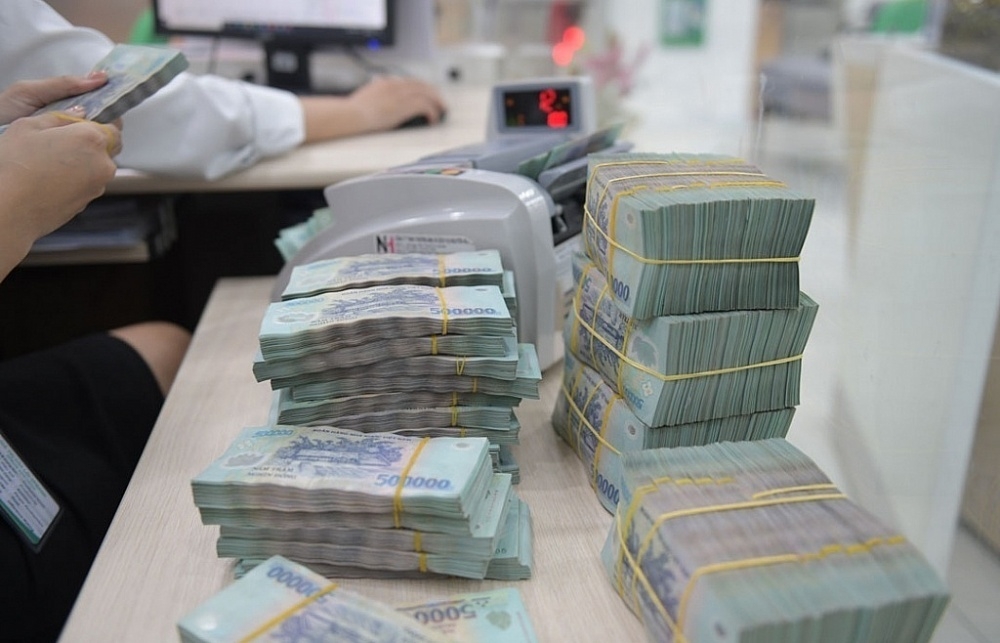 |
| Businesses are proposing that banks adopt flexible loan conditions to increase their access to capital. Photo: Internet. |
The continuous reduction in interest rates is considered a significant effort to support business recovery. However, small and medium-sized enterprises (SMEs) are still suggesting the need for flexible loan conditions to enhance their access to capital, especially during the peak months of the year-end.
To meet the capital needs of businesses in the final months of the year, many banks have adjusted and lowered deposit interest rates, leading to reduced lending rates and the introduction of various preferential loan programs for businesses in different sectors. Currently, the average lending rate has reached the 8% per annum threshold, which is a 3% decrease compared to the end of 2022.
However, despite the decrease in interest rates, obtaining loans remains challenging. As of the end of August, credit growth has only increased by 5.33% compared to the end of 2022, whereas during the same period in 2022, it had increased by 9.87%. Many business representatives claimed that even with lower interest rates, lending conditions were still stringent. Banks often require businesses to provide collateral, which is difficult for newly established, small-scale units with limited financial resources and management capabilities. These businesses often do not have the ability to repay previously restructured debts that are due.
The main reason behind this situation is the difficult economic environment, where businesses are struggling to secure orders for production, resulting in reduced business efficiency. Furthermore, banks cannot unilaterally lower standards or reduce lending conditions to ensure the safety of the financial system.
On this matter, representatives from many banks have indicated that, despite their strong desire to lend, banks find themselves in a position of shaking their heads as they often lack the necessary data and loan documentation from businesses, especially small and medium-sized units (SMEs). Dinh Ngoc Dung, Deputy Director in charge of the corporate customer segment at the Saigon - Hanoi Commercial Joint Stock Bank (SHB), mentioned that SMEs are perceived to carry a higher risk potential due to their often solitary business operations and the absence of viable business plans. Furthermore, he added that many of these enterprises maintain two separate financial reporting systems and accounting records, which results in lower confidence ratings from banks. Additionally, their lack of collateral makes it challenging to access capital sources.
In light of the difficulties faced by both banks and businesses, Nguyen Quoc Hung, Vice Chairman and General Secretary of the Vietnam Bankers Association (VNBA), believed that reducing interest rates was not the core issue. Instead, it requires a comprehensive approach that addresses capital difficulties for businesses.
From the perspective of businesses, many suggest cutting down loan conditions and maximizing unsecured loan ratios. Currently, unsecured loans only make up 15-20% of the total number of loans, while businesses would like to see this ratio increased to 35%. Moreover, banks can reduce up to 50% of loan conditions, retaining only the basic requirements for loans.
Similarly, economist Nguyen Minh Phong suggested that banks should consider adjusting and increasing loans based on market conditions, and lending based on consumption contracts, partnerships, and projects with prospects of cash flow, especially in the context of weak purchasing power.
Furthermore, businesses are also proposing solutions to address issues related to the market, boost exports, and increase overall demand through domestic consumer stimulus policies and the search for export orders. The representatives from the Association of Seafood Processing and Export of Vietnam suggested that given the signs of recovery in the seafood export market, there should be a review of suitable credit mechanisms for fishery farming households and small businesses, streamlining loan procedures to align with the actual conditions of the fisheries sector, and continuing with interest rate reduction policies.
According to the representative of the Vietnam Textile and Garment Association, the demand for the textile and garment market cannot increase significantly in the short term, but there are many long-term business opportunities and substantial capital demand, especially in the "green transformation" to meet the requirements of import markets. Therefore, he proposed the need for capital support policies for textile and garment businesses investing in technology transformation.
On the banking side, during the conference on solutions to improve the efficiency of business access to credit capital with the government in early September 2023, banks stated that they could accept higher risks in lending operations, but they must be able to recover capital, and projects must have a solid legal basis.
So, in a context where credit-related mechanisms are more open, banks can engage in discussions with businesses to understand their "appetite" and, at the same time, provide advice to businesses on how to find common ground. In practice, many banks have been "smart" in segmenting their customer base to effectively offer suitable policies and incentives. Nguyen Hoang Linh, CEO of the Maritime Bank (MSB), shared that by adopting a segmented sales strategy based on research, data, and experience, banks could identify priorities and easily adjust terms and policies when necessary.
Related News

Untying the knot for green finance
11:08 | 23/12/2024 Finance
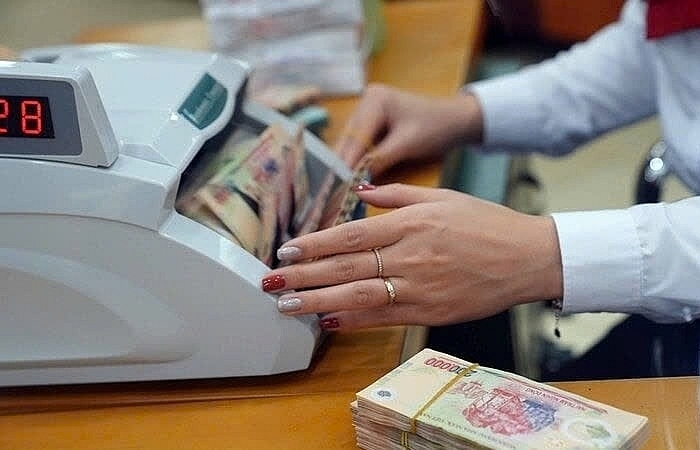
Slower mobilization than credit may put pressure on interest rates
09:02 | 24/12/2024 Finance
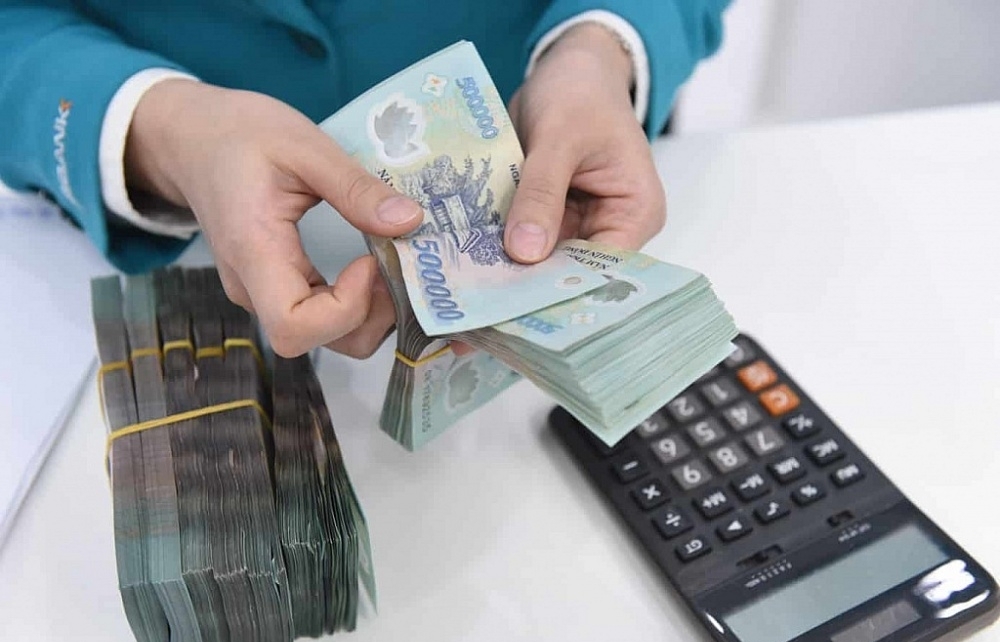
Credit continues to increase at the end of the year, room is loosened to avoid "surplus in some places - shortage in others"
10:23 | 13/12/2024 Finance

Banks increase non-interest revenue
10:51 | 23/11/2024 Finance
Latest News

Nghệ An Province anticipates record FDI amidst economic upswing
15:49 | 26/12/2024 Import-Export

Green farming development needs supportive policies to attract investors
15:46 | 26/12/2024 Import-Export

Vietnamese enterprises adapt to green logistics trend
15:43 | 26/12/2024 Import-Export
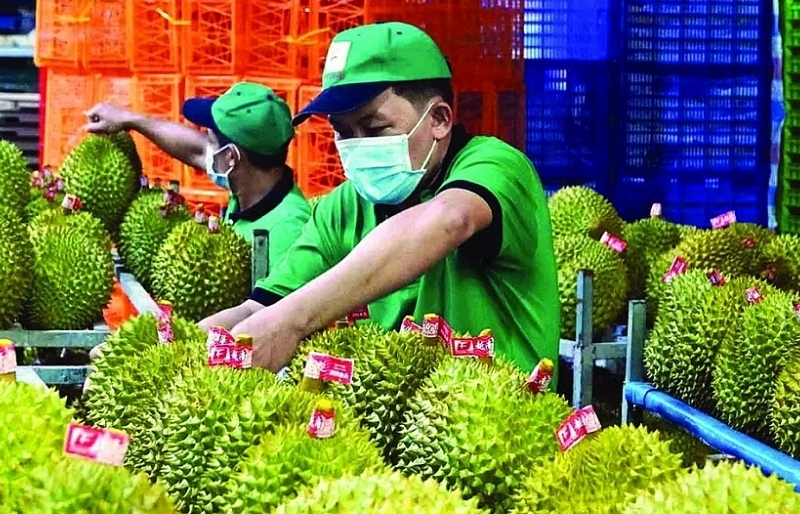
Paving the way for Vietnamese agricultural products in China
11:08 | 26/12/2024 Import-Export
More News

VN seafood export surpass 2024 goal of $10 billion
14:59 | 25/12/2024 Import-Export

Exporters urged to actively prepare for trade defence investigation risks when exporting to the UK
14:57 | 25/12/2024 Import-Export

Electronic imports exceed $100 billion
14:55 | 25/12/2024 Import-Export

Forestry exports set a record of $17.3 billion
14:49 | 25/12/2024 Import-Export
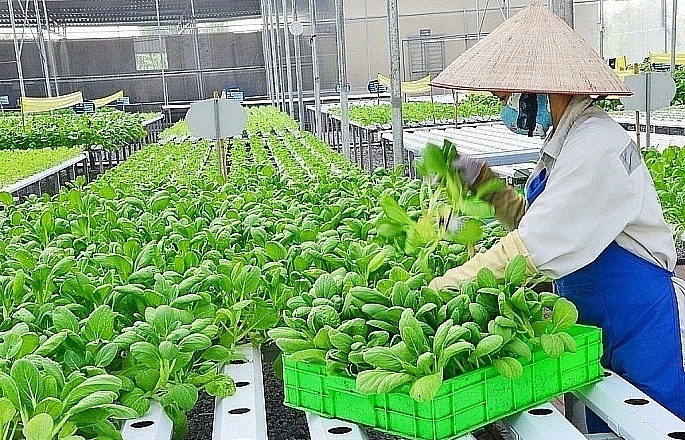
Hanoi: Maximum support for affiliating production and sustainable consumption of agricultural products
09:43 | 25/12/2024 Import-Export

Việt Nam boosts supporting industries with development programmes
13:56 | 24/12/2024 Import-Export

VN's wood industry sees chances and challenges from US new trade policies
13:54 | 24/12/2024 Import-Export

Vietnam's fruit, vegetable exports reach new milestone, topping 7 billion USD
13:49 | 24/12/2024 Import-Export

Aquatic exports hit 10 billion USD
13:45 | 24/12/2024 Import-Export
Your care

Nghệ An Province anticipates record FDI amidst economic upswing
15:49 | 26/12/2024 Import-Export

Green farming development needs supportive policies to attract investors
15:46 | 26/12/2024 Import-Export

Vietnamese enterprises adapt to green logistics trend
15:43 | 26/12/2024 Import-Export

Paving the way for Vietnamese agricultural products in China
11:08 | 26/12/2024 Import-Export

VN seafood export surpass 2024 goal of $10 billion
14:59 | 25/12/2024 Import-Export





